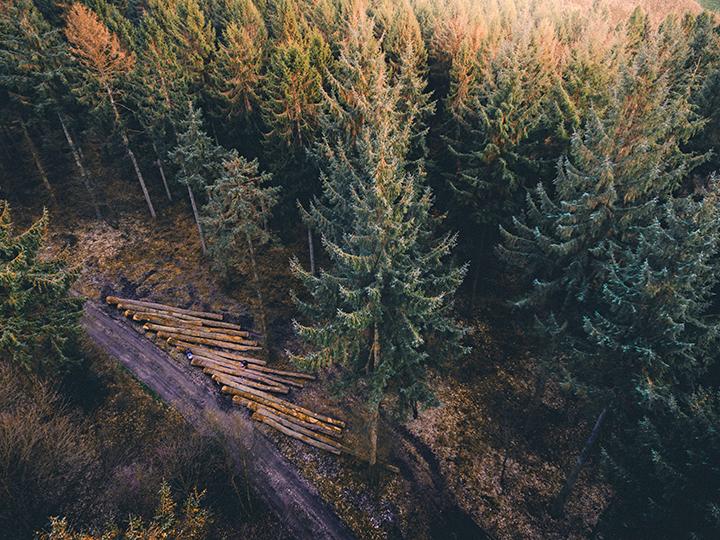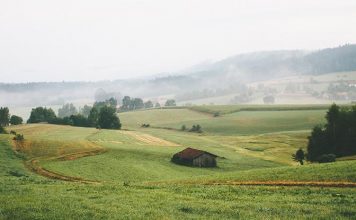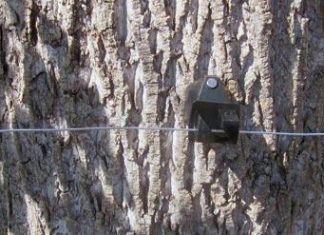 |
|
| Website Exclusive • March, 2004 |
Online Exclusive April 2003
Attention: Would-be loggers. There have been changes in policy at the United States Forest Service and the Bureau of Land Management. I have just found out that the procedure to obtain logs through the USFS or BLM has changed drastically because of the NEPA (National Environmental Protection Agency). You can no longer go into a ranger station like I did and simply get a permit to cut your own logs in a given area. Now you have to go through a “process”. The USFS and BLM both told me that now, even THEY have to “jump through hoops” to satisfy the NEPA! Now one has to bid at an auction to be able to log an area that they open up to the public, and the winner takes all. To find out more about what, when, and how to bid, I went to the google.com search engine, typed in “USDA National Forest (or BLM)”, then clicked on “timber auctions”. There are auctions listed all over the US. Another google search I typed in was: “Standing Timber Sales”, then clicked on “forestry commission and timber sales’ procedures”, then “public auctions”. That was also fruitful.
Other sources on the web that had good info about obtaining logs were: “Timber Source.com and Loghome links.com. Another route to go is to find a log supplier to buy cut logs from (peeled or unpeeled). The best one I came across was Akerwoods.com (Aker Wood Company). They post a price sheet on every size (diameter and length) they offer and how much per log. They seemed fairly reasonable to me, considering all the work it takes to get the logs by hand. The way things have recently changed, I think I’d recommend buying the logs from a log supplier (really shop around though!) , then do all the rest of the work of building to save money on labor. I used 300 logs in my house and got them the hard way ( almost free), but at $10 to $20 apiece (unpeeled) wouldn’t be that outrageous to pay if one could save on labor in every other stage of building. (Don’t pay extra for peeled logs- peeling is easy!)
Another way to go is down to the local ranger station and ask to see their geological survey maps on timberland and see who owns what, or go to the county tax assessor’s office and search their records to find out who owns certain parcels of timberland , close to you. Write down names and addresses and phone numbers and start calling for possible permission to cut logs off their property in return for money or clean-up work on slash piles or tree thinning or whatever trade you can make that would be fair for both parties. That’s exactly what I did after my first house burned down and I found out that they closed my old USFS logging area because of the spotted owl problem. I found a man who had 600 acres of mostly lodgepole pine and he said YES! Kirt and I were extremely careful and responsible and followed the owner’s wishes every step of the way, but when all was said and done we had our logs in only 3 weeks (a pickup load per day) and everybody was happy.
Another possible source is to find out who the big corporations like Boise/Cascade SUBCONTRACT the logging work out to, and buy their CULLS. Culls don’t necessarily mean rotted; sometimes it just means too crooked to mill lumber out of. Most of my logs were crooked and I loved them that way. The subcontractors, I was told, can do anything they want with the culls, but I’m not sure about this.
Then there’s the obvious solution: Buy your own land with timber rights and cut your own logs with nobody looking over your shoulder.
As far as Oregon goes, I called the “special-use-permits” director in Oregon, Gena Duggins @(541)560-3466 and she advised me to call the USFS supervisor’s office for the Rogue River/ Siskiyou National Forest @(541)858-2200 or the Chemult Ranger Station @(541)365-7001 for pending bid-auctions. By request, they will send you a prospectus containing maps, bid forms, instructions, and how to pay info, when an area is opened up to bid on.You will have one month to check out the area and respond if you decide to bid. Sometimes the logging companies beat you to it, but if it’s a small area they may not want it. On a larger area you could go in with 3 or 4 other people who want to build their own log homes too and share the expense.
I highly recommend that you do a ton of research on the Internet and I’m sure you’ll reap the rewards. Where there’s a will, there’s a way. Good luck!
Learn more about Dorothy and/or contact her at her website www.dorothyainsworth.com













